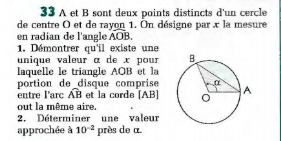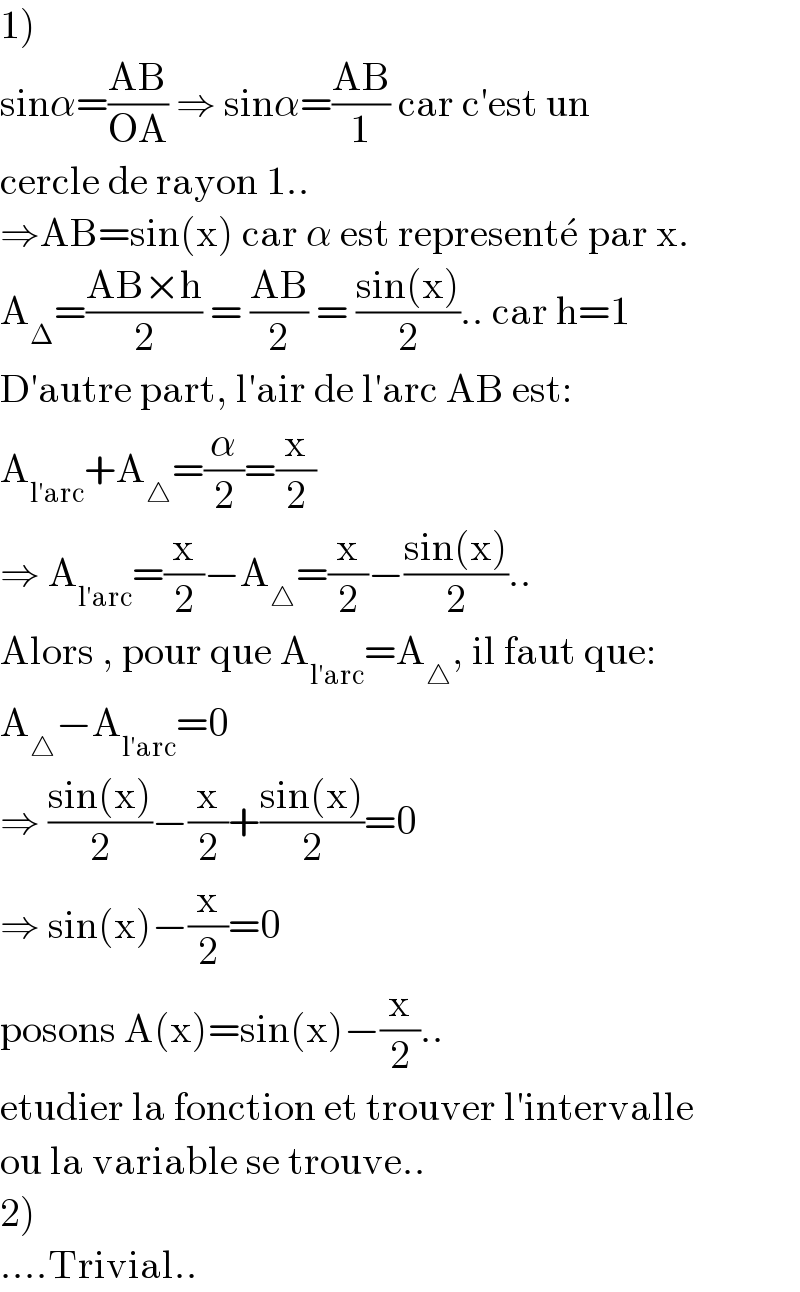
Question and Answers Forum
Question Number 148797 by kameda last updated on 31/Jul/21

Answered by puissant last updated on 31/Jul/21

| ||
Question and Answers Forum | ||
Question Number 148797 by kameda last updated on 31/Jul/21 | ||
 | ||
Answered by puissant last updated on 31/Jul/21 | ||
 | ||
| ||